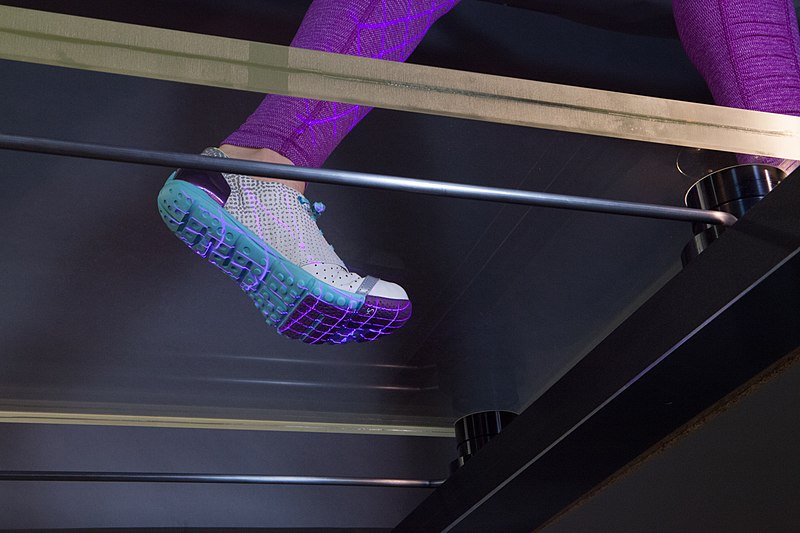Note that your final mark will not be saved in the system.
1.3.a. Biomechanical principles, levers and technology GapFill
You must fill all the gaps before clicking ‘Check Answers!’

The advances in modern technology over recent years have translated into many domains of life, including sport. Sports technology encompasses systems involved in facilitating officials and referees, such as Hawk-Eye in tennis and high-speed photography for the photo finish in sprint events. It is also used extensively in training, such as global positioning systems and heart rate monitors that manage the 'load' of players, with the aim of optimising performance and reducing the risk of injury. The advancement of technology has also increased the number of jobs in sport, with clubs and teams commonly appointing performance analysts and sports scientists to assist with data collection and conduct meaningful analyses.
The three types of technology we will focus on are used to optimise performance in sport. These are:
kinematics - Kinematics is the study of objects . Technological developments such as wearable motion capture material and advanced computer have allowed for an accurate quantification of human motion. This form of kinematics involves the use of adhesive reflective markers that are usually placed on an individual's joints to analyse 3D movement of the respective limbs during sporting actions. This allows the performance analyst to determine the angles, velocities and accelerations created by joints that allow for the perfect execution of movement skills. This information can help improve the of sporting movements. For example, an elite cricket bowler could use this technology to assess how their technique contributes to bowling speed, identifying whether any specific movement alterations result in consistent fast bowling. Furthermore, an aspiring cricketer could use the analysis of an elite bowler's movement as a perfect model to improve their performance. Another use is analysis, which describes an individual's style of walking or running. This type of analysis can be used to detect footfall patterns respective to the ankle and knee joints. This information can be used to prescribe retraining protocols or suitable shoes to prevent excessive pronation or supination during walking and running, reducing the risk of injury.
plates are a highly sensitive piece of equipment used to analyse the kinetics of movement. Kinetics refers to the study of
, and provides additional information to movement kinematics. These plates measure the
and time upon impact, which can be used to optimise sports performance. For example, a triple jumper could use this technology to determine how their technique affects the force they produce during ground contact at the hop, skip and jump phases. They could monitor their progression with training, where improvements could be marked by a greater and better maintained ground reaction force as well as decrease in ground contact time during each phase. Other uses could be to analyse the subtle alterations in shifting body weight to maintain
, an essential component of fitness for gymnasts, and assessing the effect of exercise on jump performance, useful for detecting changes in
that can reflect neuromuscular fatigue in team sport athletes.
Wind tunnels are a type of technology that allows a controlled volume of air to be exerted at high speed on an object to analyse the
of air. Therefore, it is used in sports that are affected by air resistance, such as cycling. Common uses of this technology are to analyse how differences in the cyclist's body position and clothing, as well as helmet and bike design, are affected by air
. Manipulation of these factors could be used to identify the optimum combination that results in the greatest streamlining, minimising the effect that air resistance has on impairing performance. The lower the air resistance, the faster the cyclist will be able to move or the less effort they will need to exert.